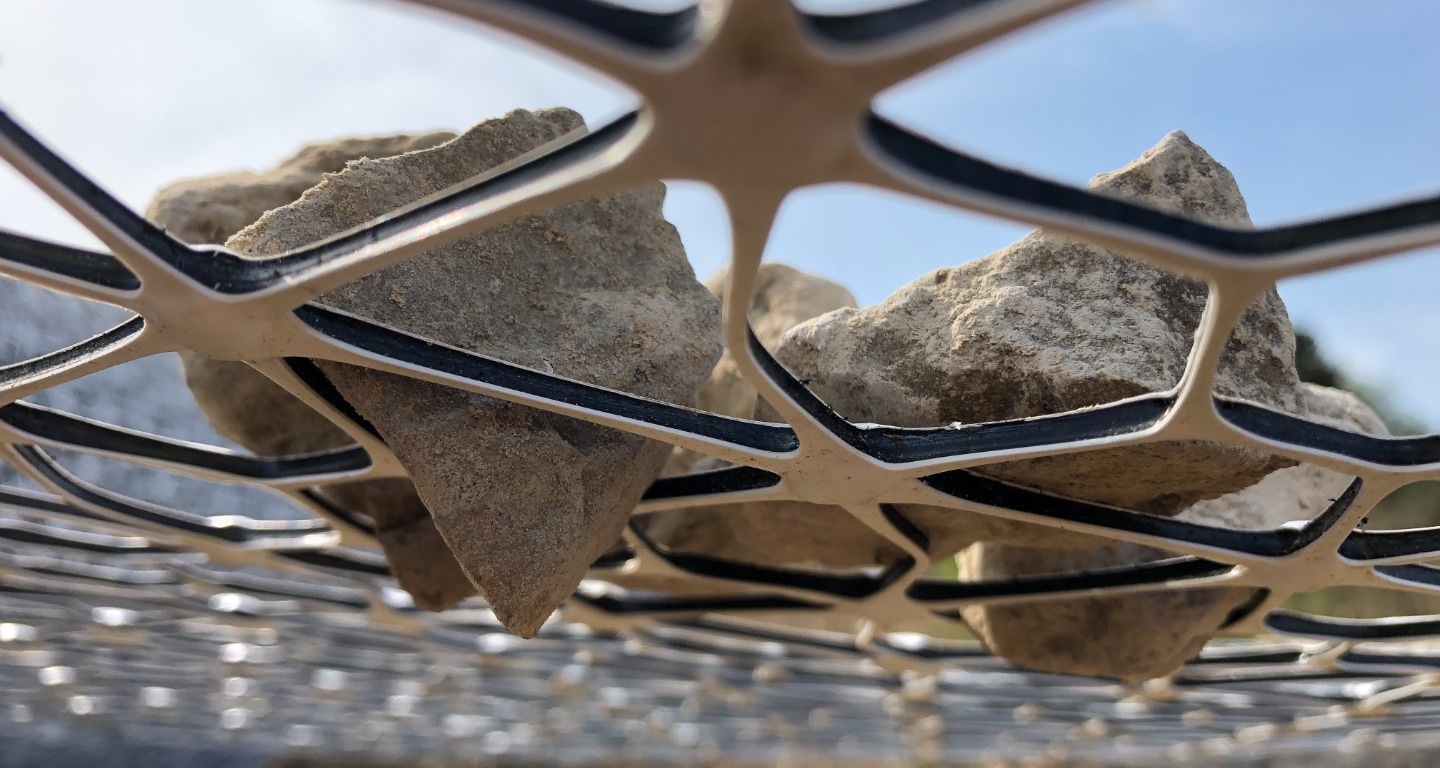Cost Efficient and Sustainable Wind Farm Development
by Rodrigo Valencia, on May 17, 2023
 An increased demand for more sustainable energy sources has resulted in more development of renewable energy sites like wind farms. However, wind farms are traditionally found in remote locations where the underlying soil conditions are usually unfavorable. Areas with agricultural soils, soft clay, silt or peat with high groundwater tables present considerable challenges to a contractor constructing access roads or working platforms that must accommodate massive turbine components. To make matters worse, these remote locations are not usually convenient to aggregate or water sources. This makes traditional soil stabilization methods like over-excavation/replacement or cement or lime treatment extremely expensive solutions.
An increased demand for more sustainable energy sources has resulted in more development of renewable energy sites like wind farms. However, wind farms are traditionally found in remote locations where the underlying soil conditions are usually unfavorable. Areas with agricultural soils, soft clay, silt or peat with high groundwater tables present considerable challenges to a contractor constructing access roads or working platforms that must accommodate massive turbine components. To make matters worse, these remote locations are not usually convenient to aggregate or water sources. This makes traditional soil stabilization methods like over-excavation/replacement or cement or lime treatment extremely expensive solutions.
 Fortunately, Tensar geogrids offer a proven, cost-effective alternative for constructing haul/access roads and working platforms for wind farm operations. Tensar geogrids enhance performance of poor soils by interlocking unbound aggregate materials. As the granular material strikes through the geogrid openings they become laterally restrained and obtain a higher degree of confinement. This stiffer, stabilized layer resists rutting and improves bearing capacity and increases traffic capacity. A mechanically stabilized layer using Tensar geogrids can reduce the layer thickness and material requirements. This leads to less excavated material that needs to be hauled off site, and less aggregate that needs to be imported, placed and compacted. It’s possible to build at grade and see construction savings of up to 50% compared to other methods. This also results in a more sustainable design since a geogrid design reduces CO2 emmissions and water usage.
Fortunately, Tensar geogrids offer a proven, cost-effective alternative for constructing haul/access roads and working platforms for wind farm operations. Tensar geogrids enhance performance of poor soils by interlocking unbound aggregate materials. As the granular material strikes through the geogrid openings they become laterally restrained and obtain a higher degree of confinement. This stiffer, stabilized layer resists rutting and improves bearing capacity and increases traffic capacity. A mechanically stabilized layer using Tensar geogrids can reduce the layer thickness and material requirements. This leads to less excavated material that needs to be hauled off site, and less aggregate that needs to be imported, placed and compacted. It’s possible to build at grade and see construction savings of up to 50% compared to other methods. This also results in a more sustainable design since a geogrid design reduces CO2 emmissions and water usage.
Project Success: Golden Hills Wind Farm
Client Challenge:
 Three miles of access roads needed to be constructed to transport heavy turbine components for 50 turbine sites across agricultural fields. The project site consisted of loess deposits that presented a challenge for the anticipated construction traffic. It was also located in an arid part of Oregon so limited water access for the moisture treatment of the aggregate presented a challenge. The original design section called for 10 inches of AB over geotextile with subgrade compaction.
Three miles of access roads needed to be constructed to transport heavy turbine components for 50 turbine sites across agricultural fields. The project site consisted of loess deposits that presented a challenge for the anticipated construction traffic. It was also located in an arid part of Oregon so limited water access for the moisture treatment of the aggregate presented a challenge. The original design section called for 10 inches of AB over geotextile with subgrade compaction.
Tensar Solution:
The Tensar representative visited the project site to perform DCP testing and confirmed the soil conditions before and after subgrade compaction. Next, a design analysis was performed utilizing the ACOE’s PCASE design software. The Tensar geogrid design reduced the section to 6 inches of AB over Tensar geogrid and maintained the required performance. This also resulted in several environmental benefits like avoiding polution of nearby water sources.
Overall, the benefits of the geogrid stabilized design were:
 |
|



